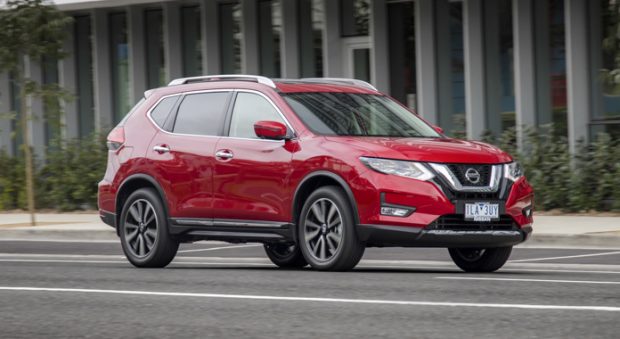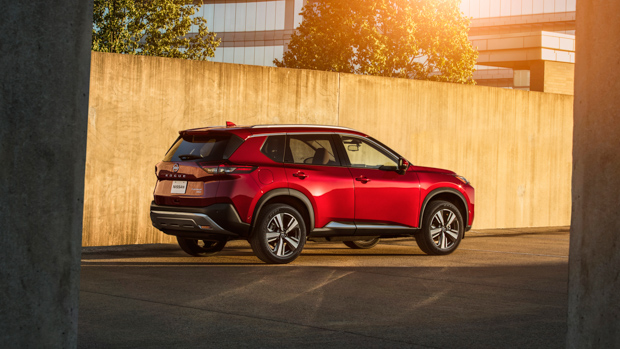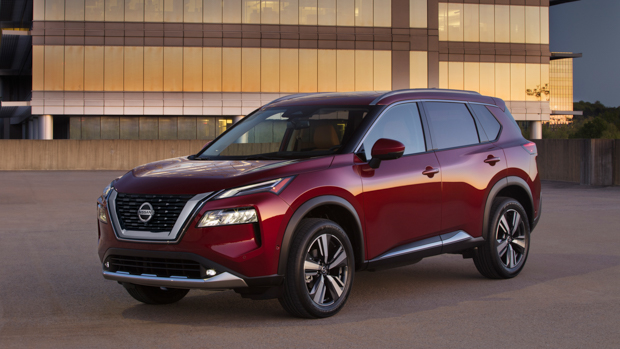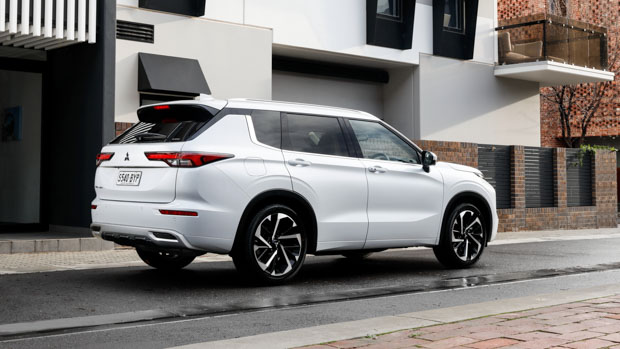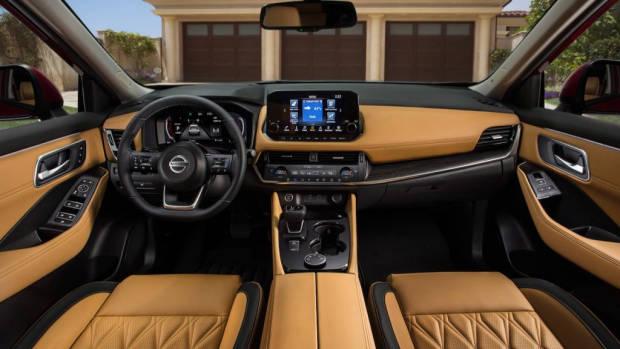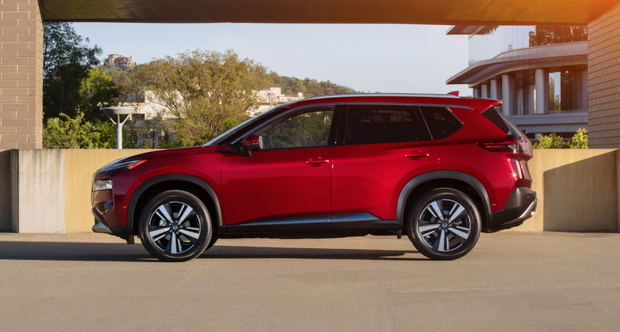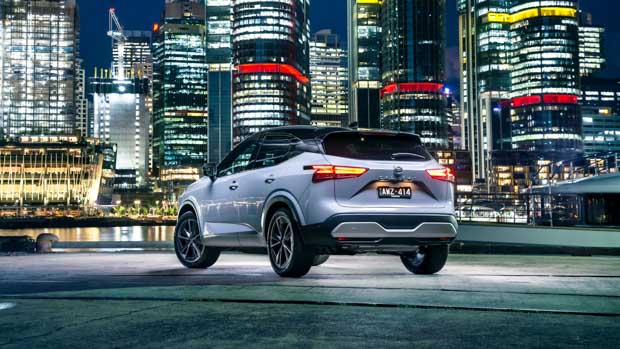-
Car Reviews
- Car News
-
Car Comparisons
Latest comparisons
- Chasing Deals
A year after the new-gen X-Trail launched in the US, the Japanese-built version sold in Australia is gearing up for production. So when are we likely to see the all-new X-Trail and what will its range look like?
The T32 Nissan X-Trail has been on sale in Australia since March 2014, and while it has been a resounding success for the brand, it’s also high time for an all-new replacement, the T33 fourth-generation model.
While Nissan hasn’t confirmed exact launch timing for this crucial new model, an announcement is expected in the next few weeks – tipped to be an on-sale during the latter half of 2022, following the arrival of the smaller Qashqai SUV.
Nissan’s fourth-generation midsize SUV made its debut in the United States way back in July 2020, where it’s badged as the Rogue and built in Nissan’s Tennessee plant, but there’s been a significant delay between the reveal of the T33 model and the switchover in Japanese production. Like in Australia, the previous T32 model remains on sale in Japan.
When it arrives, the 2022 T33 X-Trail will be a significant advance over the current model, bringing a slew of active-safety features, up-to-date technology and thanks to Nissan’s ownership of Mitsubishi, the possibly a plug-in hybrid drivetrain shared with the closely related, new-generation Outlander.
Despite receiving less-than-stellar reviews in its later years as newer competition exposed its ageing design, the X-Trail has been a popular model for Nissan in Australia, frequently breaking into the top 10 best-sellers list.
The current X-Trail includes four grades: the ST, ST-L and Ti petrol models and the TS diesel, with the line-up last updated in February this year with refreshed multimedia and Apple CarPlay/Android Auto across the range.
Nissan currently offers five- and seven-seat options, and a choice of FWD/AWD on the ST and ST-L grades. The diesel-only TS and top-spec Ti are restricted to a five-seat arrangement paired with all-wheel drive.
While it’s possible the Japanese-sourced 2022 X-Trail will feature a seven-seat option, at present no such option is available in the US market for its locally-built model.
In the US, the new X-Trail is also available in four equipment grades, with the entire line-up available in either FWD or AWD. The sole engine offering is an updated, naturally aspirated 2.5-litre direct-injection four-cylinder that makes 135kW of power and 245Nm of torque.
We expect Nissan Australia to maintain its current four-grade line-up, which will offer similar levels of pricing flexibility to key rivals in the midsize SUV segment, such as the Mazda CX-5, Subaru Forester and Toyota RAV4.
The new X-Trail rides on the same updated CMF-CD platform as the new-generation Mitsubishi Outlander, though it carries over the same 2705mm wheelbase length as the T32 model, which was always among the better cars in its class for cabin space.
What we hope the new X-Trail does is make the quality of its seating better. While the T32’s rear seat afforded a great view and loads of legroom, its flat and shapeless bench offered minimal support – especially in corners.
At least we know the new-gen interior is a big step up in terms of design class. In the US, the entry-level X-Trail features a cloth interior and a 9.0-inch touchscreen with wireless Apple CarPlay/Android Auto. Other standard features include a 7.0-inch screen in the instrument cluster, USB-C fast charging ports and keyless entry on all four doors.
Safety also takes a big step up, with the overseas X-Trail fitted with front and rear AEB with pedestrian detection, blind-spot monitoring, rear cross-traffic alert, reversing camera, auto high-beam and a total of 10 airbags as standard.
Higher trims receive a larger 12.3-inch digital instrument cluster paired with a 10.3-inch head-up display, wireless phone charging, three-zone climate control and even quilted semi-aniline leather-appointed seats.
With the extensive equipment upgrades headlining the fourth-generation X-Trail, we do expect this family-focused SUV to move beyond its current $30,000-$46,000 price bracket, while still remaining affordable for Australian buyers.
The X-Trail will likely start from a similar price point to its Outlander sibling, which is available from $34,490 (before on-road costs), with higher trims commanding a circa $50,000 figure.
In the US, the X-Trail starts at $35,465 (USD$26,050) and tops out at $50,685 (USD$37,230, before on-road costs), which neatly matches up with this estimate.
Nissan has been vocal about its commitment to more environmentally friendly powertrains for its next generation of cars and SUVs but so far the 2.5-litre four-cylinder petrol remains the sole option.
Yet thanks to the new X-Trail’s close DNA ties with the 2022 Outlander, a likely hybrid option would be to source the plug-in hybrid system from the new Outlander, which boasts an improved all-electric driving range over the previous model.
Engineers could also develop an ‘e-Power’ drivetrain for the X-Trail, which is generally more sophisticated and available in the upcoming Qashqai.
Alternatively, Nissan could keep the X-Trail range as is and defer buyers to the similarly sized and fully electric Nissan Ariya midsize SUV to our shores if the Australian arm decided to introduce it down under.
More details on the 2022 X-Trail’s arrival are set to follow in the coming weeks.
Latest news
About Chasing cars
Chasing Cars reviews are 100% independent.
Because we are powered by Budget Direct Insurance, we don’t receive advertising or sales revenue from car manufacturers.
We’re truly independent – giving you Australia’s best car reviews.
